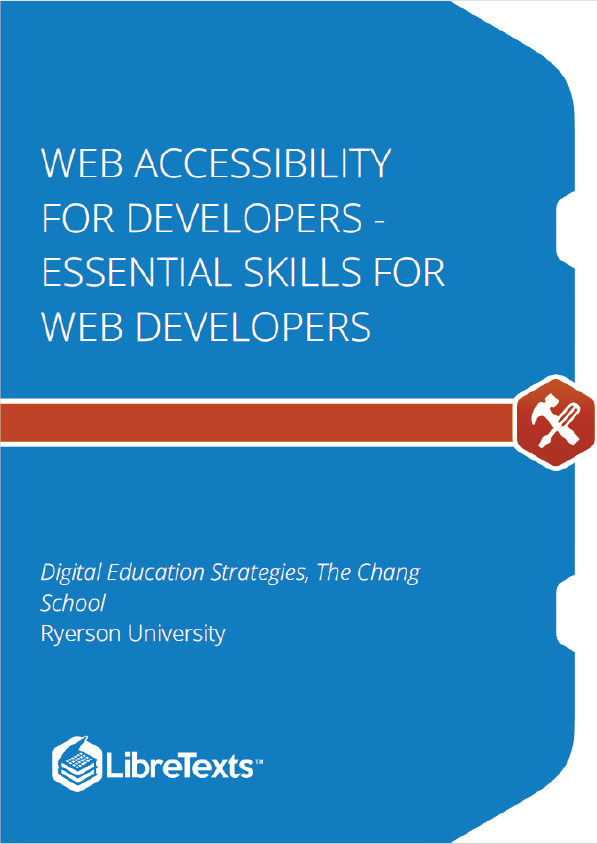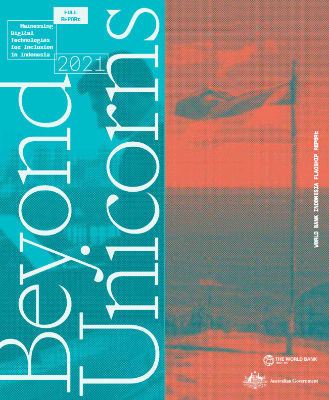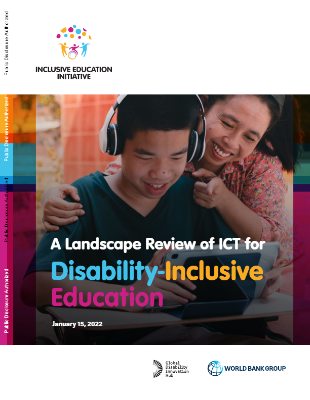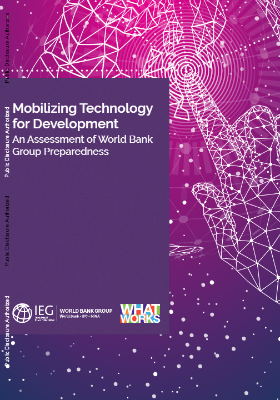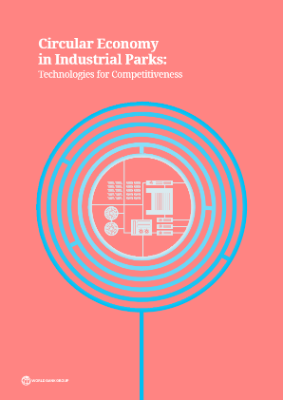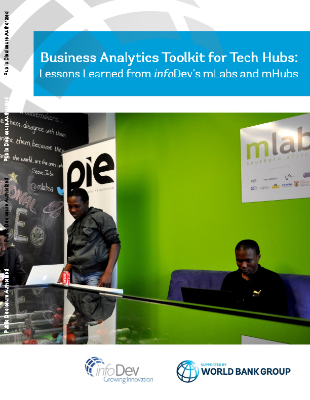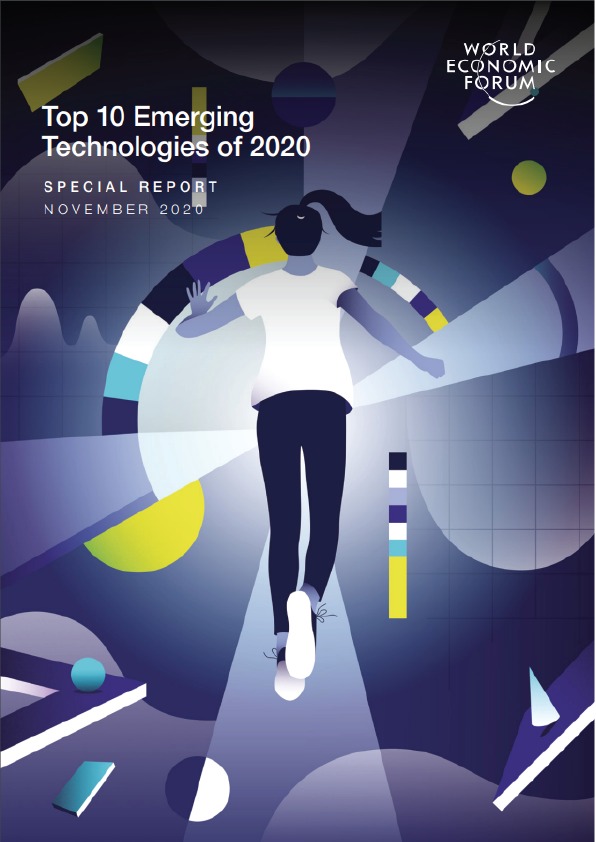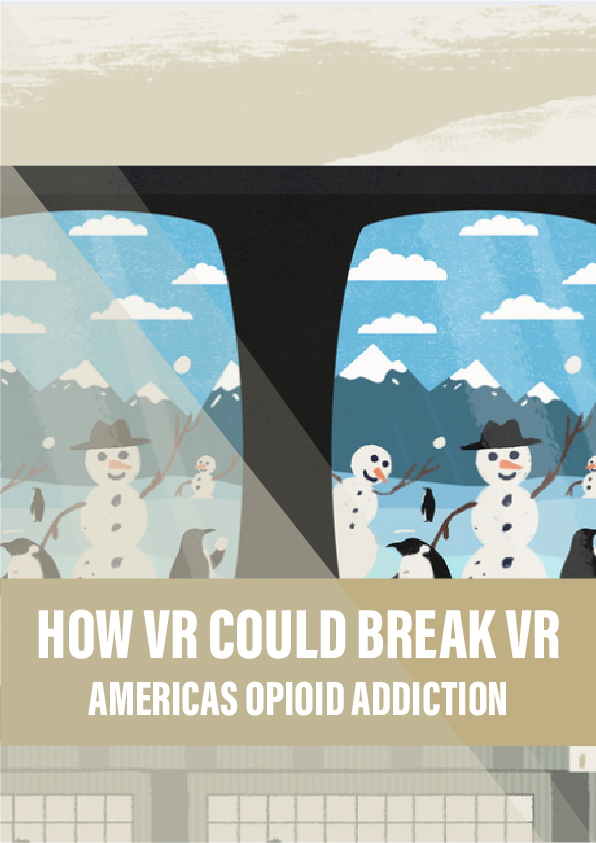Web Accessibility for Developers is a technical resource aimed primarily at programmers. Learn how to develop accessible interactivity on the Web and gain expertise using WAI-ARIA, a W3C specification that enables optimal use of assistive technologies, like screen readers, when navigating the Web.
In order to understand why web accessibility is necessary, it is helpful to have a basic understanding of the range of disabilities and their related barriers with respect to the consumption of web content.
Not all people with disabilities encounter barriers on the Web, and those with different types of disabilities encounter different types of barriers. For instance, if a person is in a wheelchair they may encounter no barriers at all in web content. A person who is blind will experience different barriers than a person with limited vision. Different types of disabilities and some of their commonly associated barriers are described here.
People Who Are Blind
People who are blind tend to face many barriers in web content, given the visual nature of the Web. They will often use a screen reader to access their computer or device and may use a refreshable Braille display to convert text to Braille.
- Common barriers for this group include:
- Visual content that has no text alternative
- Functional elements that cannot be controlled with a keyboard
- Overly complex or excessive amounts of content
- Inability to navigate within a page of content
- Content that is not structured Inconsistent navigation
- Time limits (insufficient time to complete tasks) Unexpected actions (e.g., redirect when an element receives focus)
- Multimedia without audio description
People with Low Vision
People with low vision are often able to see web content if it is magnified. They may use a screen magnification program to increase the size and contrast of the content to make it more visible. They are less likely to use a screen reader than a person who is blind, though in some cases they will. People with low vision may rely on the magnification or text customization features in their web browser, or they may install other magnification or text reading software.
For most people who are deaf the greatest barrier on the Web is audio content that is presented without text-based alternatives. They encounter relatively few barriers on the Web otherwise. Those who are deaf and blind will face many more barriers, including those described for people who are blind. For those who communicate with American Sign Language (ASL) or other sign languages, such as langue des signes québécoise (LSQ), the written language of a website may produce barriers similar to those faced when reading in a second language.
